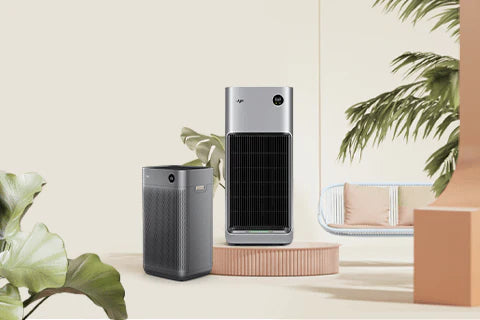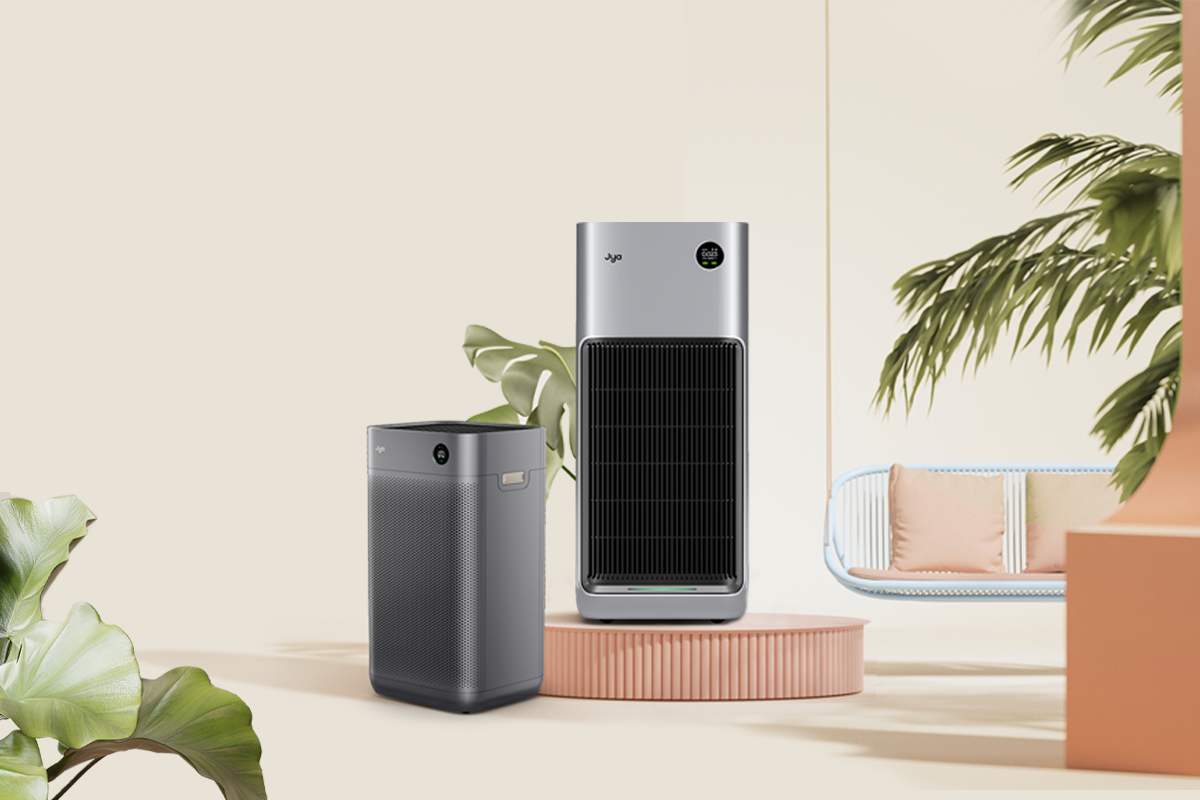Experiencing indoor allergy symptoms at home? You might have a mold problem.

When you think of seasonal allergies and hay fever, you probably associate the unpleasant symptoms with common allergy triggers like pollen, dust, and pets. However, there is a “hidden” allergen prevalent in homes around the world, year round: mold. Airborne mold spores can cause similar respiratory problems like itching eyes, runny nose, and sneezing, and the source of this problem might be right inside your own home.
What are the risks of mold?

Some mold spores are mycotoxins and potentially dangerous, as some studies suggest that long-term exposure to mold can negatively affect mood and overall health. In the short-term, mold allergies present similar symptoms as other airborne allergies, like nasal congestion, eye and throat irritation, coughing and wheezing, and runny nose. Mold spores can also exacerbate asthma symptoms. It’s best to minimize exposure, whether or not you have a mold allergy.
What causes indoor mold?

It’s first important to understand that mold spores are everywhere. Various types of mold are prevalent outdoors, year round, and these mold colonies release spores (mold seeds, essentially) into the air. For that reason, both indoor and outdoor air will usually contain some mold spores when sampled. This only becomes a problem if mold is allowed to grow indoors, which dramatically increases the amount of indoor mold spores in the air you breathe.
How do I control mold in my home?

Mold proliferates where there is water and humidity, which is why mold and mildew is often found in bathrooms, basements, and around windows. So, the key to preventing mold growth in your home is to minimize dampness and humidity.
-
Reduce humidity
Keeping your indoor humidity below 45% will prevent most mold from growing inside your home. Depending on your local climate, a dehumidifier might be needed to keep humidity at safe levels. The Jya Fjord and Jya Fjord Pro air purifiers monitor humidity in real time, so you’ll always know if humidity levels get too high.
-
Keep bathrooms as dry as possible
If your bathroom has an exhaust fan, be sure to keep it running while showering or bathing to remove excess humidity. Quickly repair any plumbing leaks or dripping water issues to prevent mold growth. If you find any visible mold or mildew in your bathroom, be proactive about scrubbing it clean before the problem gets worse.
-
Insulate windows
Due to condensation, some poorly-insulated windows will drip water inside during the winter, when the outdoor temperature is colder than the indoor temperature. The best solution is to repair or replace these windows, but if that’s not possible, be sure to manually dry your windows and windowsills regularly to prevent mold growth.
How do I minimize my exposure to indoor mold?

Following the tips above will help prevent an overgrowth of mold, but as previously mentioned, mold spores are everywhere. No amount of cleaning or humidity management will completely rid your home of mold and mold spores. For this reason, the most powerful way to minimize your exposure is to use an effective air purifier that captures and traps mold spores inside your home.
We recommend our latest air purifiers, the Jya Fjord and Jya Fjord Pro, to effectively fight airborne mold spores and minimize allergy symptoms. Our exclusive NanoGuard™ Filtration technology (equivalent to the latest HEPA H13 standard) captures up to 99.99% of pollutants as small as 0.1 microns in size, including dust, pollen, viruses, bacteria, and of course, mold spores. Smart environmental sensors monitor humidity, TVOCs, and PM particles in real time, so you can rest easy knowing that your household air is clean and safe to breathe.



